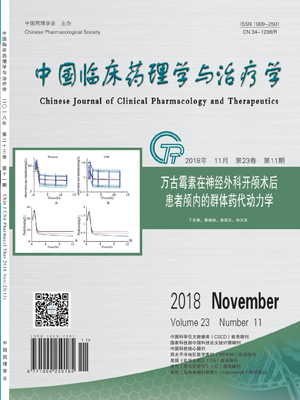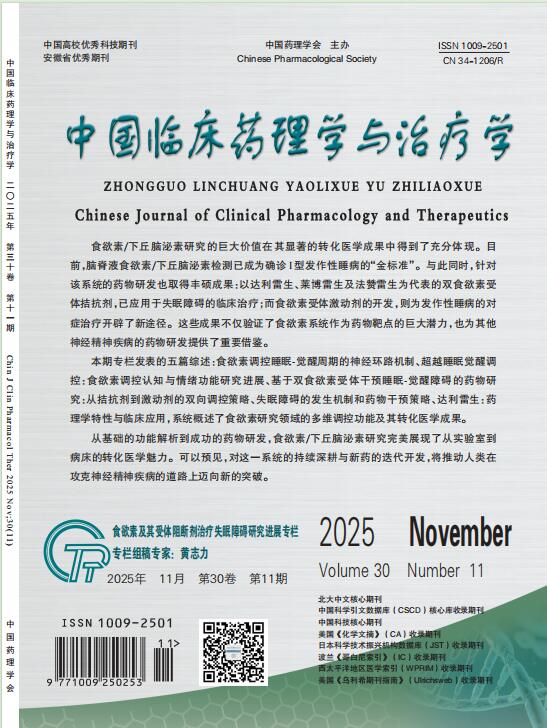AIM: To investigate the efficacy of magnesium aluminium carbonate combined with proton pump inhibitor (PPI) on the treatment of chronic obstructive pulmonary disease(COPD) complicated with laryngopharyngeal reflux and its preventive effect on acute exacerbation of chronic obstructive pulmonary disease(AECOPD). METHODS: Ninety-eight COPD patients with laryngopharyngeal reflux from June 2015 to June 2017 were divided into research group and control group by the random number table.Both groups were given conventional COPD medication, and the patients in the control group were treated with PPI, while the study group was given extra hydrotalcite combined PPI therapy. The patients were followed up for 12 months.The clinical efficacy, 24-hour continuous pH monitoring, lung function and laryngopharyngeal reflux were compared between the two groups. The survival curve was drawn by Kaplan-Meier method, and the differences of AECOPD attack and death risk between the two groups were analyzed. RESULTS: There were significant differences in clinical efficacy between the two groups (Z=-1.976,P=0.048), and the treatment efficiency of the study group was significantly higher than that of the control group (97.96% and 79.59%, χ 2=8.295, P=0.004). After treatment, the levels of acid reflux,Ryan index and total acid reflux time of the two groups were significantly reduced, and the study group was significantly lower than the control group (P<0.05). After treatment,the FEV1% and FEV1/FVC were significantly increased, CAT score, RSI and RFS were significantly decreased, among which, the FEV1% and FEV1/FVC in the study group were significantly higher than those in the control group, CAT score, RSI and RFS were significantly lower than those in the control group (P<0.05). The acute onset rate within 12 months after discharge was 69.39% (34/49) and 46.94% (23/49), respectively.The risk of acute onset in the study group was significantly lower than that in the control group (HR=0.513, 95% CI[0.318,0.904], P=0.015). And there were 2 and 1 deaths in the control group and the study group within 12 months after discharge,respectively. There was no significant difference in risk (HR=0.489, 95% CI[0.050, 4.709], P=0.551). CONCLUSION: Magnesium aluminium carbonate combined with PPI in the treatment of COPD with laryngopharyngeal reflux can significantly improve the clinical efficacy, lung function and laryngopharyngeal reflux symptoms, while reduce the risk of acute attack of COPD. It is worthy of clinical promotion.


